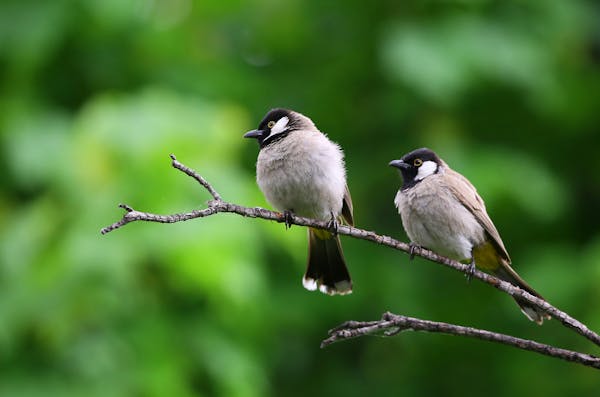Creating a sanctuary for wild birds can be a deeply rewarding endeavor, offering a safe haven for avian species and enhancing local biodiversity. Whether you have a large garden or a small balcony, you can turn your space into a welcoming refuge for birds. Here’s a comprehensive guide to help you establish a thriving sanctuary for wild birds.
1. Assess Your Space and Needs
Before diving into the creation of your bird sanctuary, evaluate your available space and the needs of your local bird species. Consider the following:
- Space and Layout: Identify areas where you can place feeders, birdbaths, and nesting boxes. Ensure there’s enough space to accommodate different types of birds and their activities.
- Climate and Weather: Your local climate will influence the types of plants and shelter you provide. For example, birds in colder climates will need more protection from the elements.
2. Provide Food and Water
Birds need a reliable source of food and water to thrive. Here’s how you can cater to their needs:
- Feeders: Install a variety of feeders to attract different species. Hopper feeders, tube feeders, and suet feeders are excellent options. Fill them with a mix of seeds, nuts, and fruits tailored to the birds in your area.
- Water: A birdbath or shallow dish of water is essential. Keep the water clean and fresh, and consider adding a small fountain or dripper to attract more birds and prevent algae growth.
3. Create Safe Shelter and Nesting Sites
Birds need safe places to rest and build their nests. Provide shelter and nesting opportunities by:
- Adding Native Plants: Plant native shrubs, trees, and grasses that offer natural shelter and food sources. These plants also attract insects that birds feed on.
- Installing Nesting Boxes: Provide various types of nesting boxes, including ones for cavity-nesting birds like chickadees and bluebirds. Ensure they’re placed at appropriate heights and locations to protect them from predators.
4. Ensure a Predator-Free Environment
Predators can pose a significant threat to birds. Minimize risks by:
- Using Baffles and Covers: Install baffles on feeders and nest boxes to deter predators like squirrels and raccoons. Keep feeding stations away from areas where predators can easily pounce.
- Maintaining a Clean Area: Regularly clean feeding stations and birdbaths to reduce the risk of diseases that can attract or harm birds.
5. Create a Bird-Friendly Habitat
Enhance the habitat to make it more appealing to birds:
- Offer Variety: Include a mix of plants with different flowering and fruiting times to provide year-round resources.
- Minimize Chemicals: Avoid using pesticides and herbicides that can harm birds and their food sources. Opt for organic gardening practices instead.
6. Monitor and Maintain Your Sanctuary
To ensure your sanctuary remains a thriving environment:
- Regular Maintenance: Clean feeders, birdbaths, and nesting boxes regularly to prevent disease and attract more birds.
- Observe and Adapt: Pay attention to the types of birds visiting and their needs. Adjust your setup based on their behavior and preferences.
7. Get Involved in Local Bird Conservation Efforts
Beyond your personal sanctuary, consider contributing to broader bird conservation efforts:
- Join Birdwatching Groups: Connect with local birdwatching or conservation groups to stay informed and share your experiences.
- Support Bird-Friendly Policies: Advocate for policies and initiatives that protect bird habitats and promote conservation.
